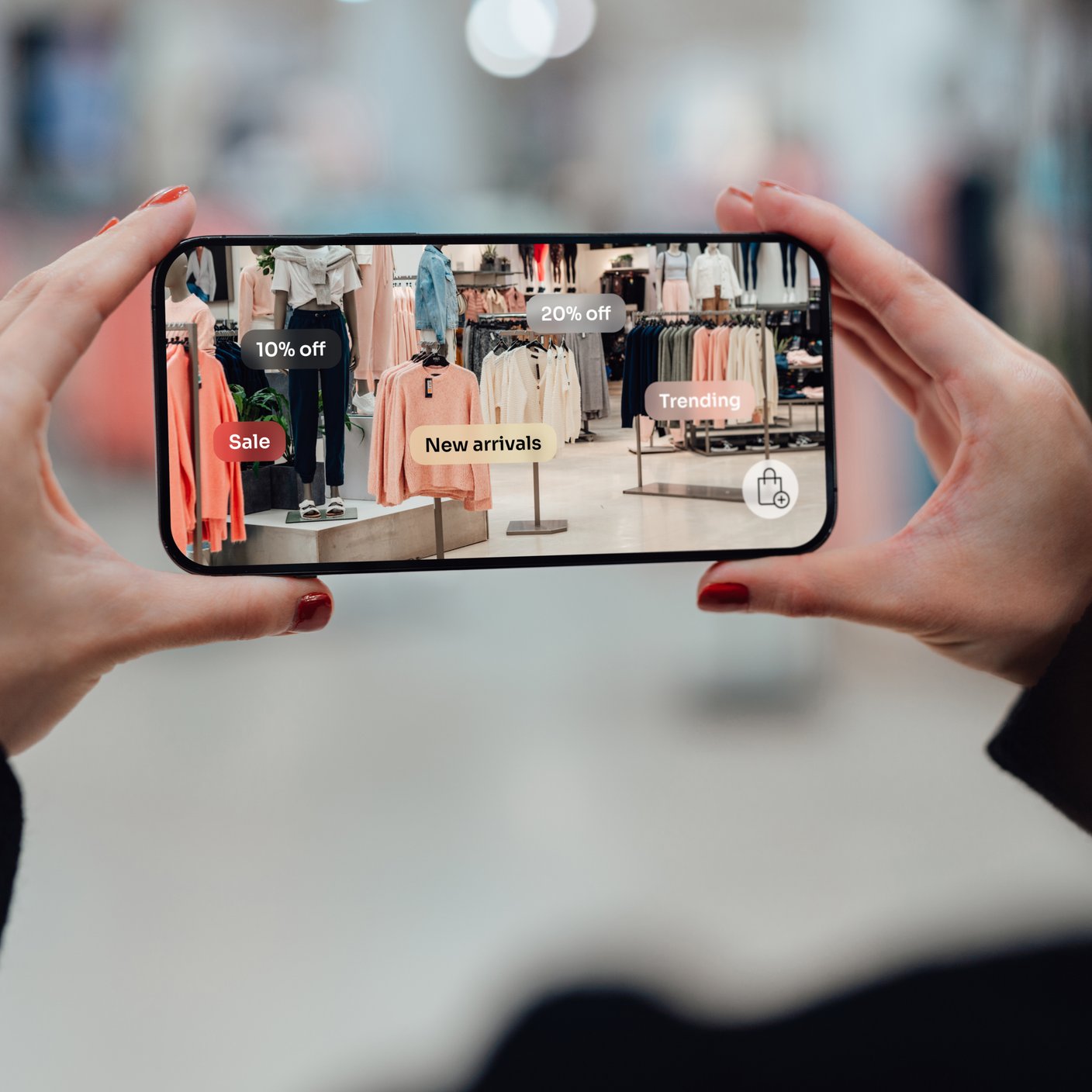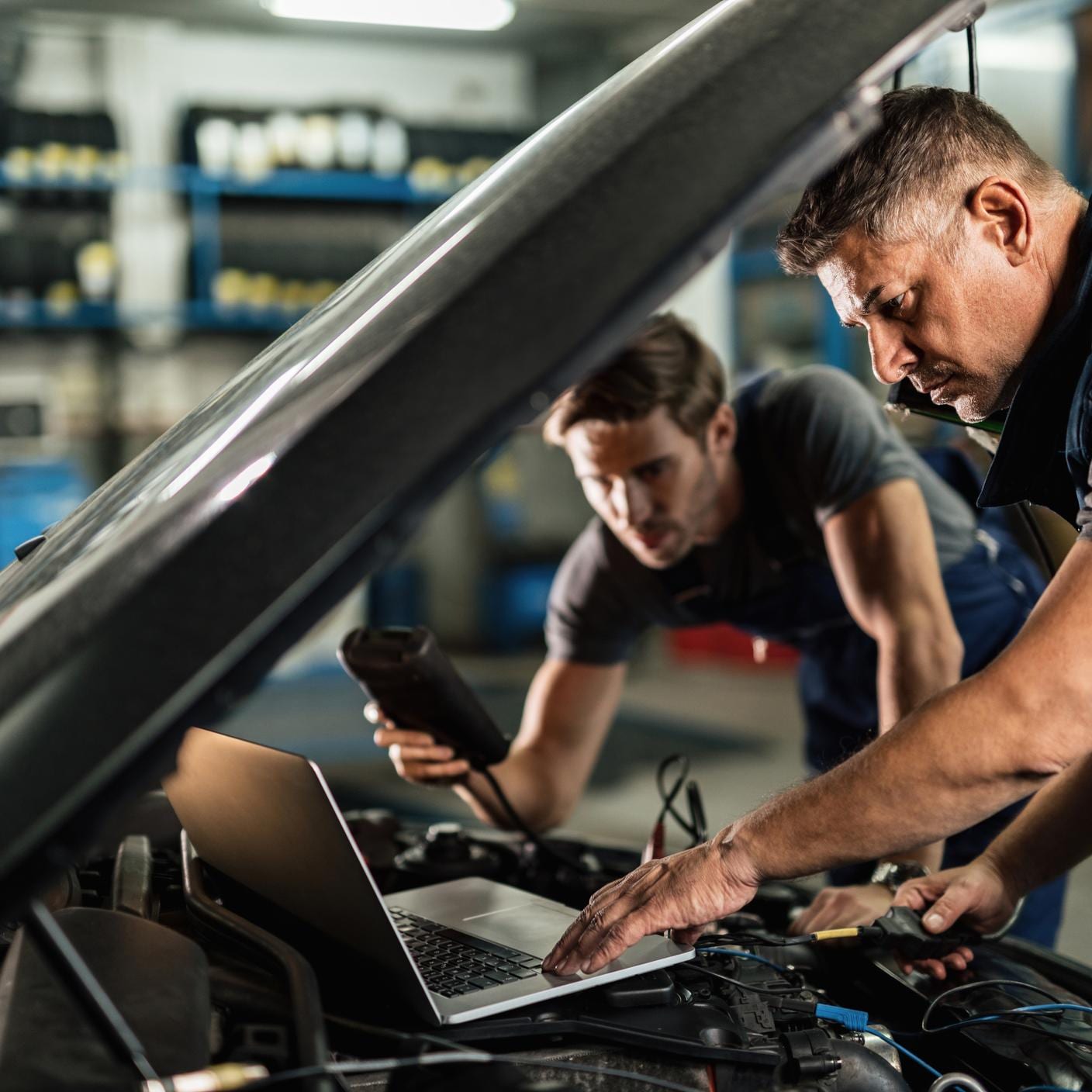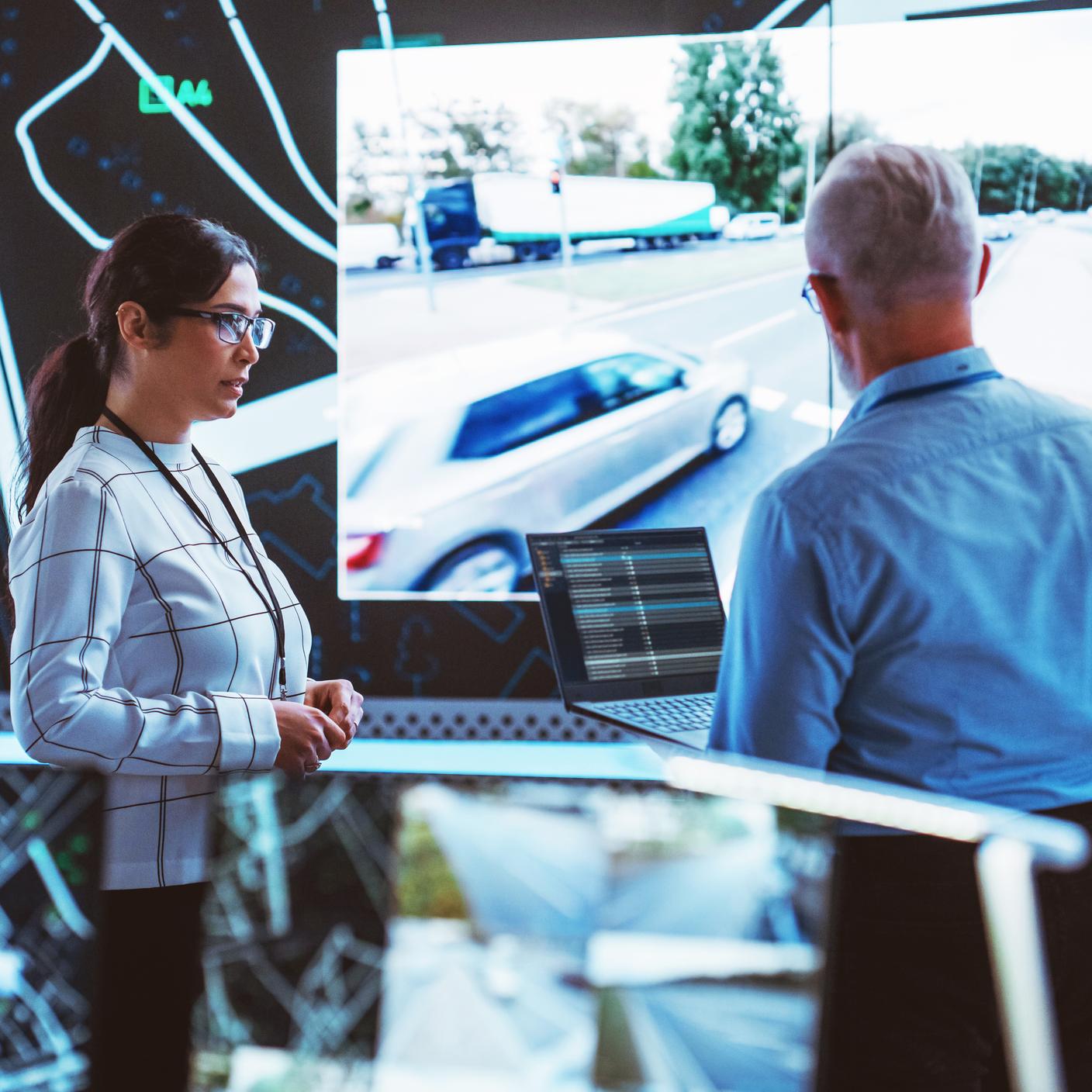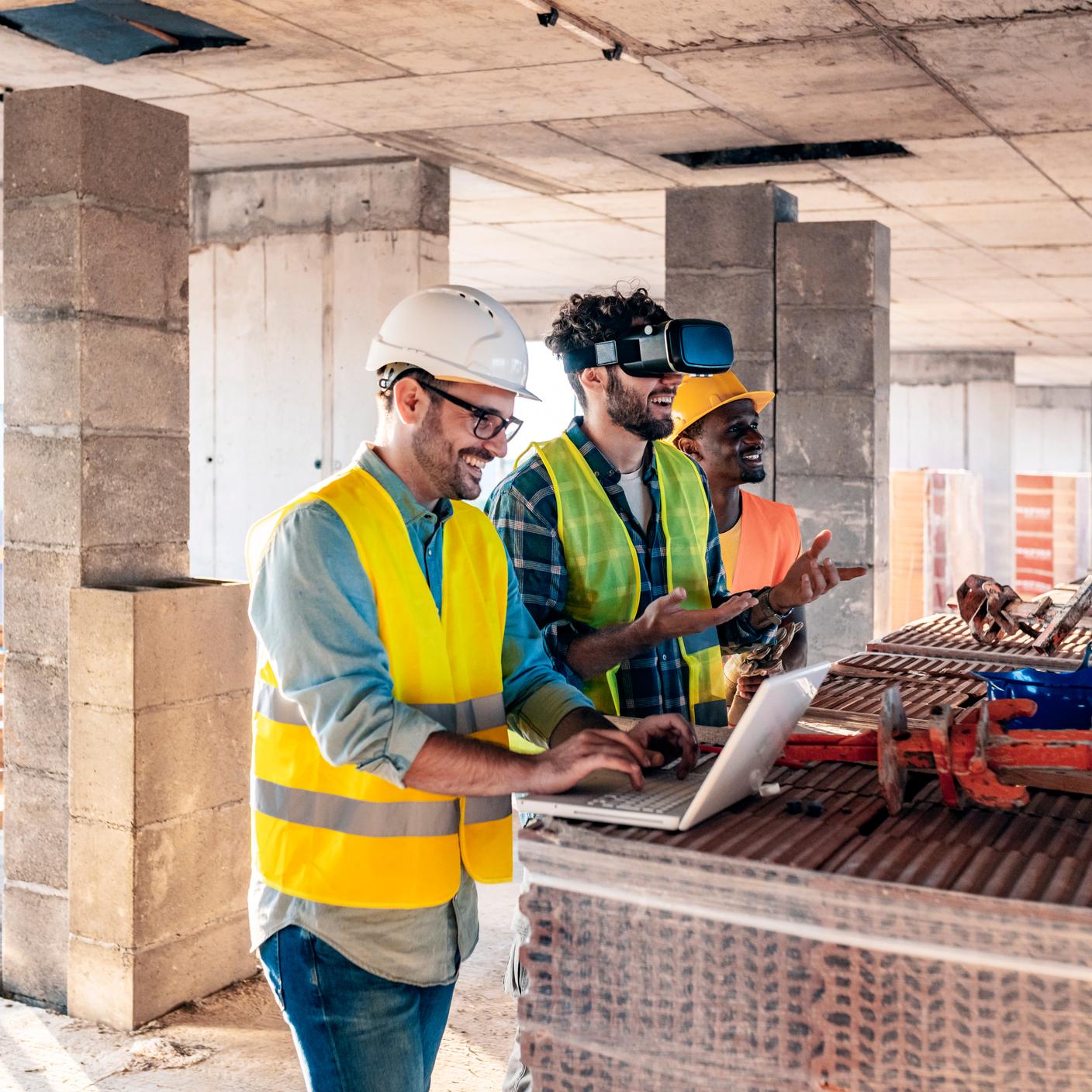The fashion industry, especially luxury and affordable luxury segments, stands at a crossroads. With mounting environmental concerns, regulatory pressures, and consumer demand for ethical practices, the need for sustainability has never been greater or more urgent. The industry is estimated to be responsible for 10% of global greenhouse gas emissions, outpacing aviation and shipping combined. Yet, fashion is also uniquely positioned to lead the way in sustainability, given its influence on culture, innovation and consumer behaviour.
Artificial Intelligence (AI) offers enormous potential to be a critical tool to enable sustainability, relevant at every stage of the value chain-from design and sourcing to production, retail, and beyond. With appropriate sustainable AI development strategies in place, this transformative tool has the potential to help enhance sustainability across the sector.
This blog explores how AI can help organizations make tangible progress toward sustainability today, with practical examples and guidance.
Why sustainable fashion needs AI
Fashion’s sustainability challenges are complex and multifaceted:
- Resource-intensive raw materials (cotton, leather, synthetics).
- Opaque, global supply chains vulnerable to labour abuses and environmental harm.
- Overproduction and waste 30% of clothing is never sold and sent to landfill.
- Greenwashing and lack of transparency undermining consumer trust.
AI’s ability to process vast datasets, predict outcomes, and optimize systems makes it a natural fit for helping to tackle these challenges. By integrating AI-driven solutions, brands can accelerate their progress toward net zero, circularity, and ethical supply chains - while meeting the rising expectations for sustainable fashion of Gen Z, Millennials, and regulators.
Stage 1: Conception and design
The journey to sustainable fashion begins at the drawing board. Traditionally, designers relied on intuition and trend forecasting, but AI now enables data-driven, eco-conscious design decisions.
How AI is helping:
Trend prediction:
- Woven Insights and Heuritech use AI to analyze social media, sales data, and cultural trends, helping designers forecast demand and reduce unsold inventory and waste.
- H&M leverages AI-driven analytics to predict trends and adjust collections accordingly, directly reducing overproduction and textile waste.
Material impact analysis:
- Fairly Made, provides real-time environmental impact assessments of fabrics and trims, enabling designers to select lower-impact materials from the outset.
- Stella McCartney uses AI-powered supply chain mapping to assess the environmental impact of material choices, supporting its net-zero by 2040 goal.
Design for longevity and circularity:
- Resleeve.AI suggests sustainable materials, enables virtual prototyping to reduce unnecessary sampling, and recommends construction techniques to enhance durability and recyclability.
- CLO 3D allows designers to create and test garments digitally, reducing the need for physical samples and saving resources.
Action for brands:
Adopt AI-powered design platforms that integrate sustainability metrics, enabling your creative teams to balance aesthetics, cost, and environmental impact from the outset.
Stage 2: Raw materials sourcing
Raw material production is a major source of pollution, water use, and emissions. Cotton and polyester alone account for 86% of the industry’s output, each with significant environmental impact.
How AI is helping:
Supplier risk assessment:
- AI analyses supplier data, certifications, and news reports to flag risks related to deforestation, water use, labour standards, and animal welfare.
- Farfetch uses AI to assess supplier sustainability credentials and ensure responsible sourcing.
Traceability:
- Blockchain and AI work together to track raw materials from farm to factory, verifying claims of organic, recycled, or regenerative sourcing.
- Stella McCartney has pioneered AI-powered supply chain mapping for transparency and traceability.
Yield optimization:
- AI-powered sensors and analytics optimize irrigation, pesticide use, and crop rotation for brands with direct farm relationships, reducing resource use and emissions.
Action for brands:
Leverage AI-driven supplier management tools to map and de-risk your supply chains, by identifying hotspots, and prioritize partnerships with verified sustainable producers.
Stage 3: Production and Manufacture
Manufacturing is energy-intensive and often involves hazardous chemicals, water pollution, and labour concerns. AI can help drive efficiency and transparency.
How AI Helps:
Process optimization:
- AI models analyse production lines to minimize energy, water, and chemical use without compromising quality.
- Adidas uses AI to optimize inventory and production, reducing waste and unsold stock. Its “Made to Be Remade” line leverages digital IDs for recycling.
Waste Reduction:
- Computer vision and AI-driven quality control systems detect defects early, reducing scrap rates and waste.
Predictive Maintenance:
- AI can predict equipment failures, reducing downtime and resource waste.
Action for brands:
Invest in AI-powered manufacturing execution systems (MES) that monitor resource use, emissions, and waste, enabling continuous improvement and supporting compliance with standards like ISO 14001.
Stage 4: Retail, consumer engagement, and beyond
At the retail stage, AI offers powerful levers for sustainability, from inventory management to consumer education.
How AI is helping:
Demand Forecasting:
- AI can predict sales with a high degree of accuracy, enabling just-in-time production and reducing overstock and markdowns.
- H&M uses AI to forecast demand and power its resale platform, closing the loop on fast fashion.
Personalized recommendations:
- Nike utilizes AI-powered apps for personalized product suggestions, reducing returns and associated emissions.
- Algorithms suggest products based on fit, style, and previous purchases, helping customers buy what they’ll keep.
Resale and Recycling:
- AI platforms facilitate resale, rental, and recycling by authenticating products, matching supply and demand, and optimizing logistics.
- Farfetch and Moosejaw use AI to support circular business models and product lifecycle extensions.
Action for brands:
Implement AI-driven inventory and customer relationship management systems to minimize waste, extend product lifecycles, and encourage consumers to make sustainable choices.
Tackling greenwashing: AI for transparency and trust
70% of people are wary of misleading environmental claims. Regulations like the EU’s Green Claims Directive and Digital Product Passports (DPP) are raising the bar for substantiated, transparent reporting.
How AI can help:
- Automated reporting: AI aggregates data across the value chain, generating real-time sustainability reports aligned with standards like the Global Reporting Initiative or BSI’s own frameworks
- Verification: Machine learning cross-checks claims against supplier data, certifications, and third-party audits, reducing the risk of greenwashing.
- Consumer communication: Chatbots and digital labels powered by AI provide instant, credible information on product origins, materials, and impact.
Action for brands:
Adopt AI-enabled compliance and reporting tools to help ensure your sustainability claims are accurate, verifiable, and regulator-ready.
Overcoming obstacles: challenges and solutions
While the potential of AI is immense, brands must navigate several challenges.
- Data quality and integration: Siloed or incomplete data can undermine AI’s effectiveness.
- Solution: Invest in data infrastructure and cross-functional collaboration.
- Ethical AI: AI models and algorithms, and the data that feeds these, needs to be transparent, fair and free from bias.
- Solution: Develop and use AI responsibly as part of a trusted, AI assurance ecosystem by implementing and AI Management System, ISO/IEC 42001.
- Skills gap: Teams may lack expertise in responsible AI and management.
- Solution: Upskill staff and partner with BSI for best-in-class training.
- Resource: AI is extremely resource hungry. It is key to consider the amount of energy used in processing the data that sits behind AI and develop strategies that align with energy-efficient, low-carbon technologies.
- Solution: Explore Environmentally Sustainable Artificial Intelligence (PD CEN/CLC TR 18145:2025) guidance for best practice.
How BSI can support your organization
- Standards and certification: Guidance on ISO Environmental Management System (ISO 14001), Sustainable Procurement (ISO 20400), ISO 42001 AI Management and bespoke sustainability frameworks.
- AI and digital trust services: Support in selecting, implementing, governance and auditing AI solutions for sustainability.
- Training and capacity building: Equipping teams with the skills to harness AI responsibly and effectively.
- Supply chain verification: Independent audits and digital traceability solutions to validate sustainability claims and build consumer trust.
Immediate steps for brands: what you can do today
1. Map your sustainability hotspots:
Use AI-powered analytics to identify where your greatest environmental and social risks lie-from raw materials to retail.
2. Pilot ai tools in design and sourcing:
Start with a focused project, such as AI-driven material selection or supplier risk assessment, to build internal capability and demonstrate ROI.
3. Engage stakeholders:
Collaborate with suppliers, tech partners, and standards bodies to ensure data quality, transparency, and shared sustainability goals.
4. Buy the AI standard and invest in training:
Upskill your teams on both AI and sustainability best practices, leveraging BSI’s expertise and resources.
5. Communicate progress:
Use AI-enabled reporting tools to share your sustainability journey with consumers, regulators, and investors-building trust and gaining competitive advantage.
Conclusion: a smarter, greener future
AI has the potential to be a powerful enabler for sustainable fashion. By integrating AI at every stage-from conception to consumer, brands will be poised to reduce their environmental footprint, enhance transparency, and meet the demands of a new generation of conscious consumers.
For more insights and practical guidance, download BSI’s full whitepaper: From Source to Shelf: Creating Sustainable Fashion for the Future. The whitepaper makes it clear that the opportunity is now. Those who act today, embracing AI and robust sustainability standards, will lead the industry tomorrow.







